When I’m out walking through the local parks, I meet others out for their walks carrying hand weights, Nordic hiking poles, and other fitness aids. If I’m carrying my camera with the long lens on, I often get asked what I’m hoping to photograph. My standard summer answer is “butterflies.” Since most people like butterflies that usually gets a smile and a nod. Some look a little puzzled, though, about why I need such a large lens for such a small subject. For those who are similarly puzzled, here are a few examples. For those who could care less, here at least are a few photos of some lovely summer Lepidoptera.
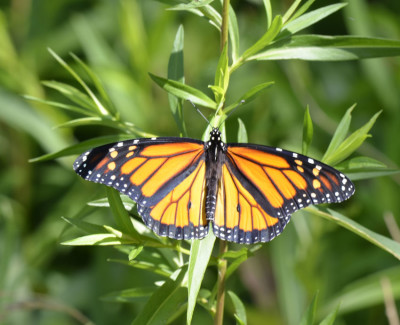
This male Monarch posed quite close to me.
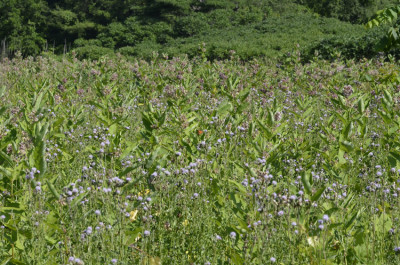
But this female needed my “long lens” to identify.
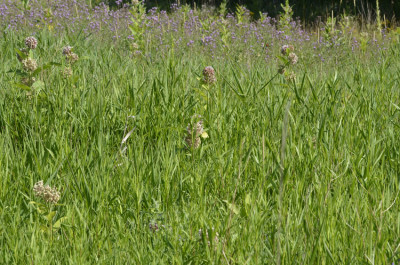
Similarly, this Sulphur butterfly was easier to examine after zooming the telephoto picture.
Staying on the trails has its limitations but on the other hand I don’t have much urge to go off trail into a field of thistles and poison ivy anyway!
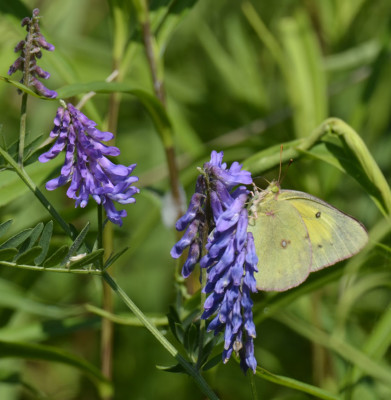

There’s a Fritillary in there somewhere.

This one, to be specific.
I found it interesting that watching the Monarch and the Fritillary flying in the distance I could tell they were not both Monarchs. The actual flight patterns are not the same.
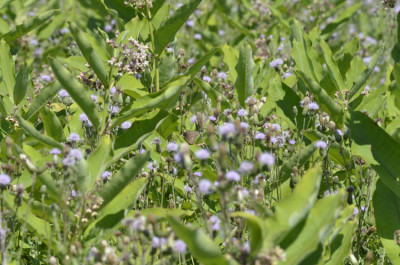
Look closely and you will see
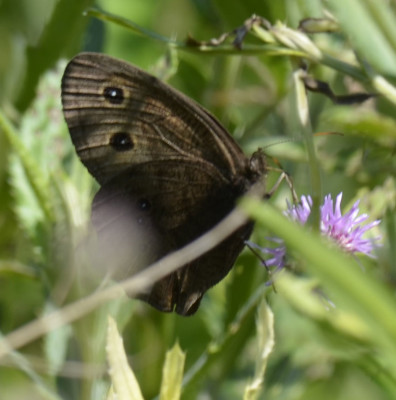
a Common Wood Nymph, even though it’s obviously in a meadow not in the Wood!
Other butterflies at Bronte Creek that day were more cooperative, like this Crescent:
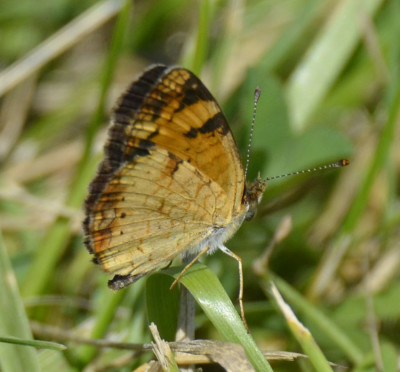
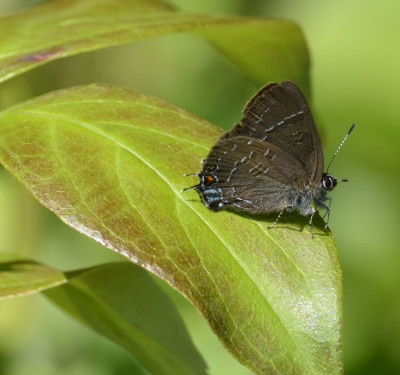
This (above) is probably a Banded Hairstreak.
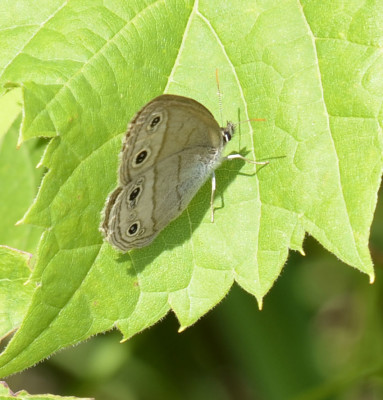
This Little Wood Satyr is in good shape and may be a recently emerged adult rather than one hanging on from the spring.
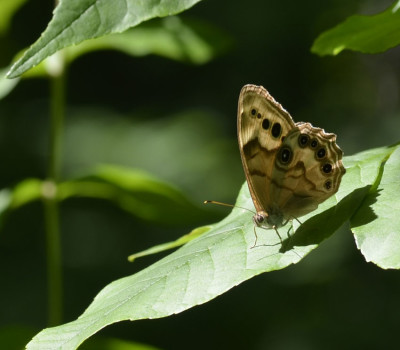
I liked the backlighting for this Northern Pearly Eye. There must have been 12 along one short stretch of path that was wooded on one side and goldenrod meadow on the other. Most were sunning on leaves.
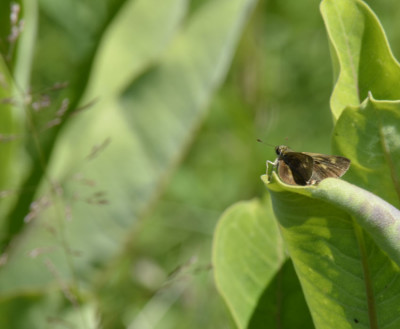
This is another unknown (to me) Skipper.
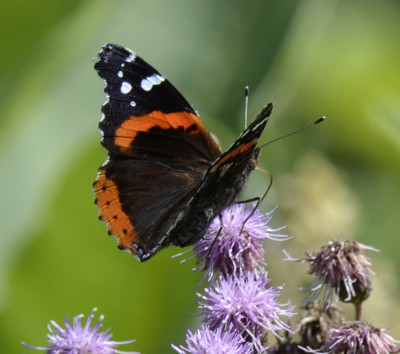
This Red Admiral also looks like one of the “second flight.” It likely emerged right here in Bronte rather than flew in as a migrant from the south.
There are times when I wish I had my macro lens on rather than my long lens but overall I’m pleased with the number of butterflies I can capture more easily with the extra pull.
Related Reading
- Butterflies of June along the Credit River
- What Swallowtail Has Blue Wings?
- What “Monarch” Has Blue Wings?
Join In
Have you found it easier to identify butterflies and moths after taking a photo of them? Please share your insights and encounters with a comment.
